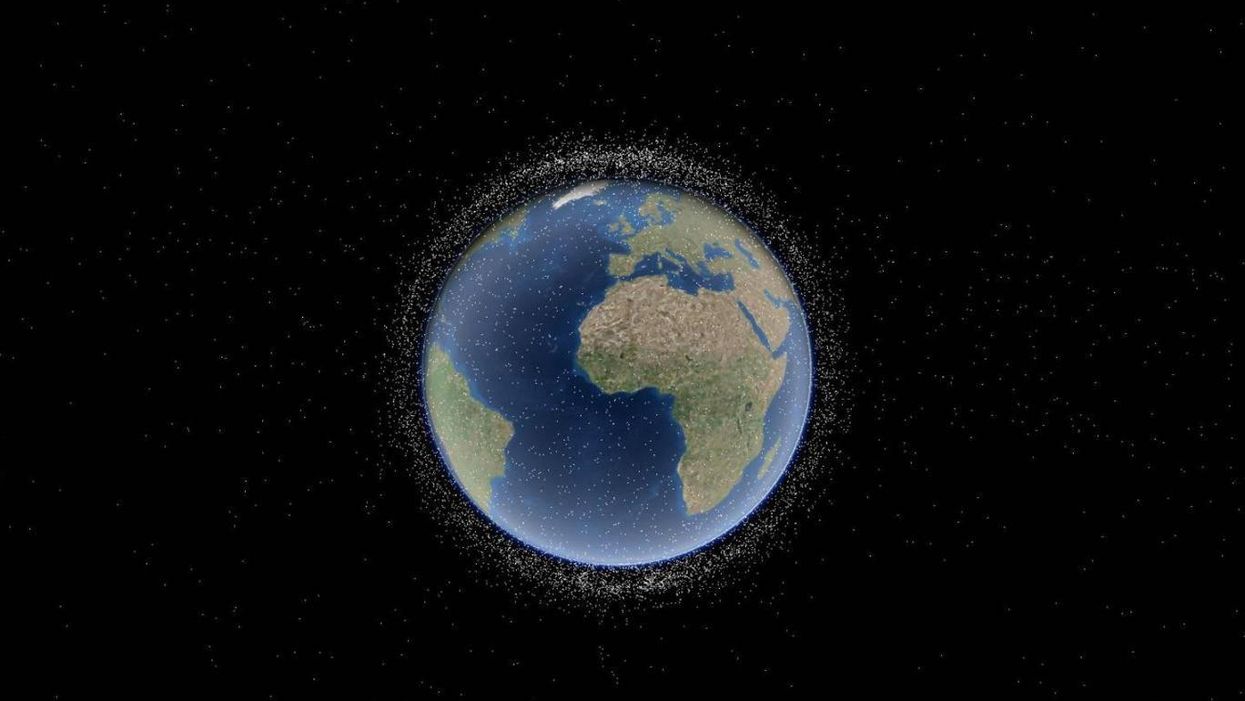Science & Tech
Louis Dor
Jan 01, 2018

Picture:
Richie Carmichael/ESRI
If you've ever wanted a perspective on how much rubbish is floating around the Earth, a good place to start is Richie Carmichael's visualisation.
The Esri software developer made the interactive graphic in 2015 which really puts into full view how much space junk there is in the upper echelons of our atmosphere.
It also helps to illustrate a growing problem - the Kessler Syndrome.
The theory was first proposed by Nasa scientist Donald J Kessler in 1978. It describes a scenario in which the density of objects in low earth orbit (LEO) is high enough that collisions become more frequent.
These collisions create debris, which dissipates, increasing the likelihood of further collisions, until the Earth is left with a cloud of debris around it, rendering satellites venerable to impacts or damage, and space travel difficult or impossible.
For a detailed explanation, see the below video by Brilliant:
It's estimated there are around 600,000 pieces of space junk, from 1cm to 10cm wide in earth's orbit, and that on average a satellite is destroyed once a year.
Current designers of vehicles and satellites for space are required to demonstrate it can be safely disposed of after use.
More: This amazing 3D visualisation of satellites will blow your mind
Top 100
The Conversation (0)












